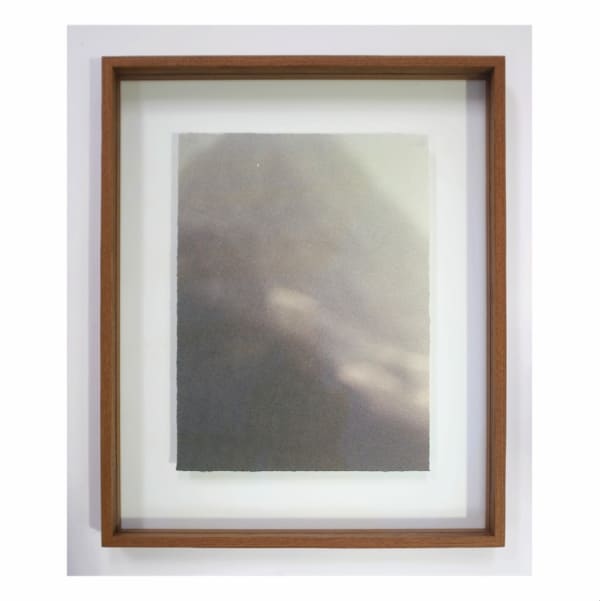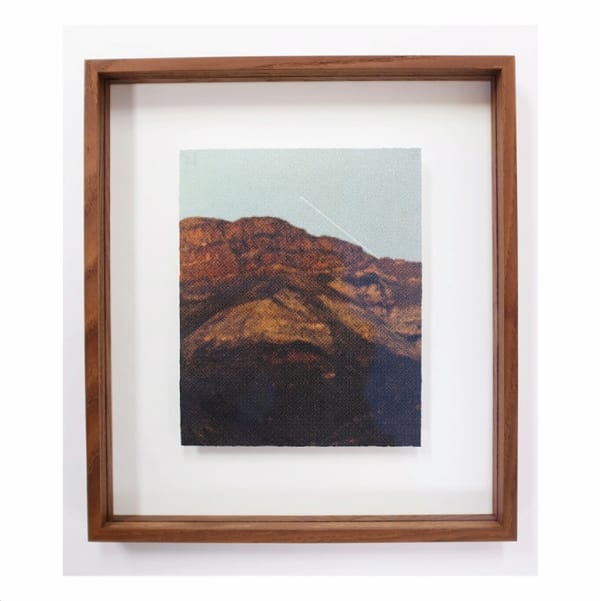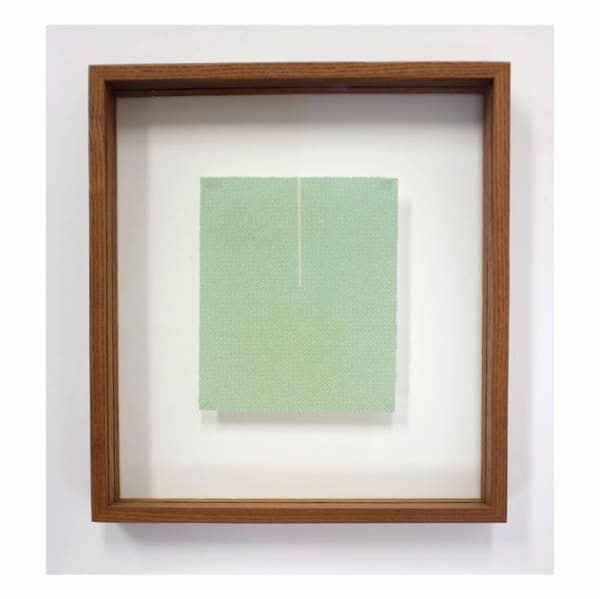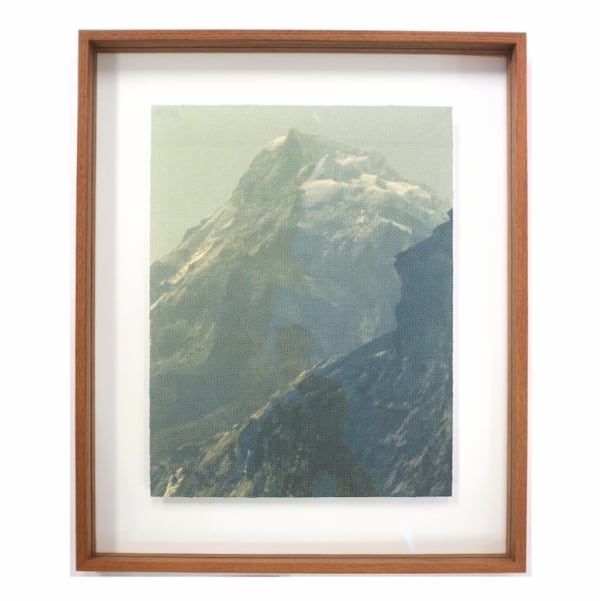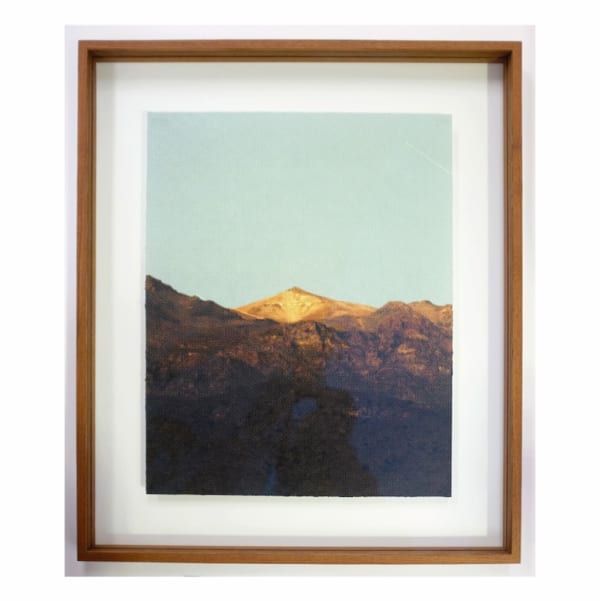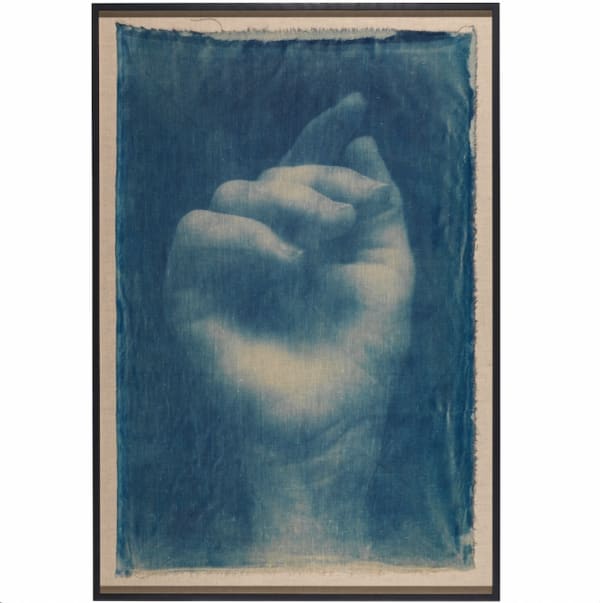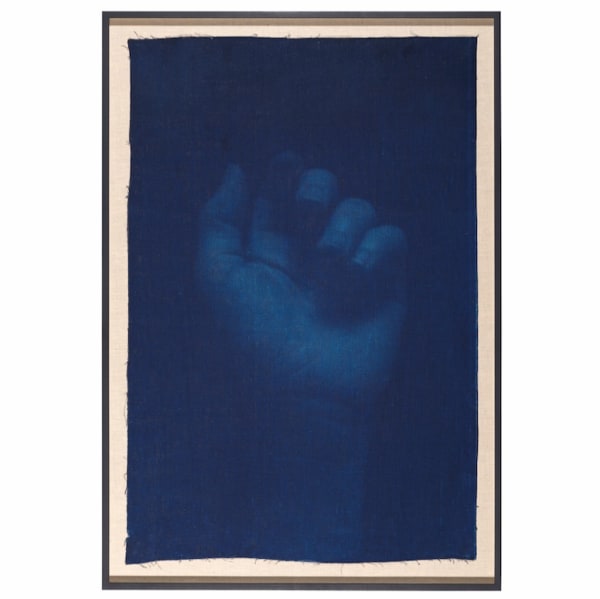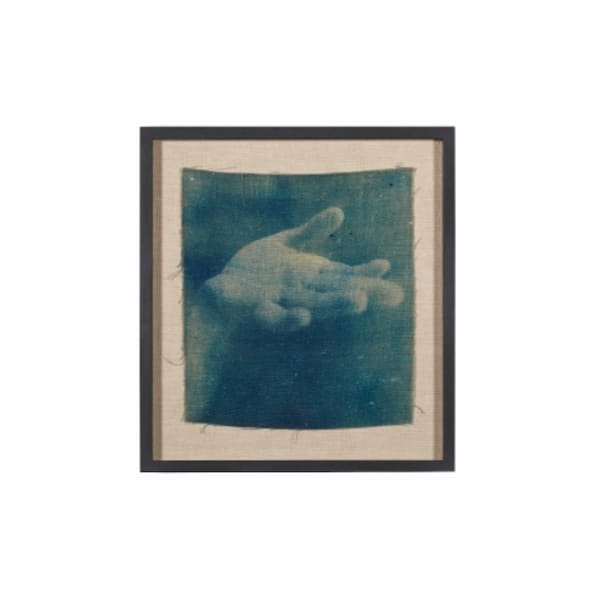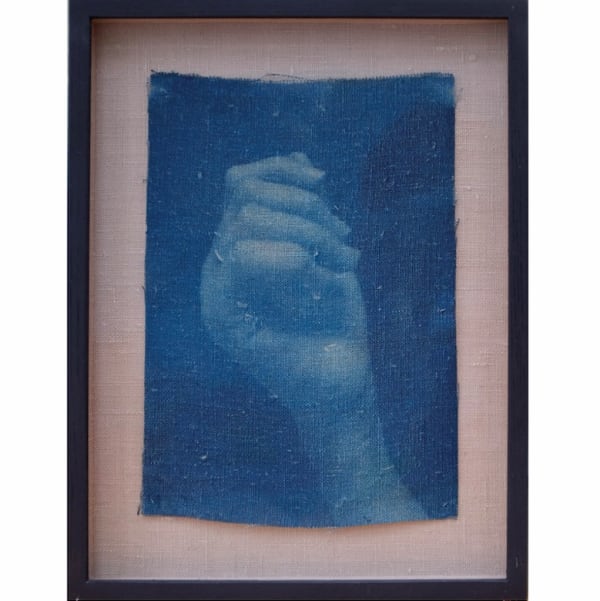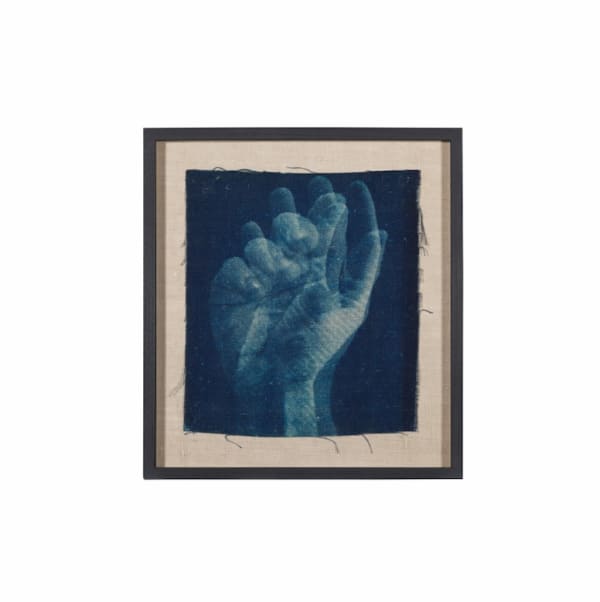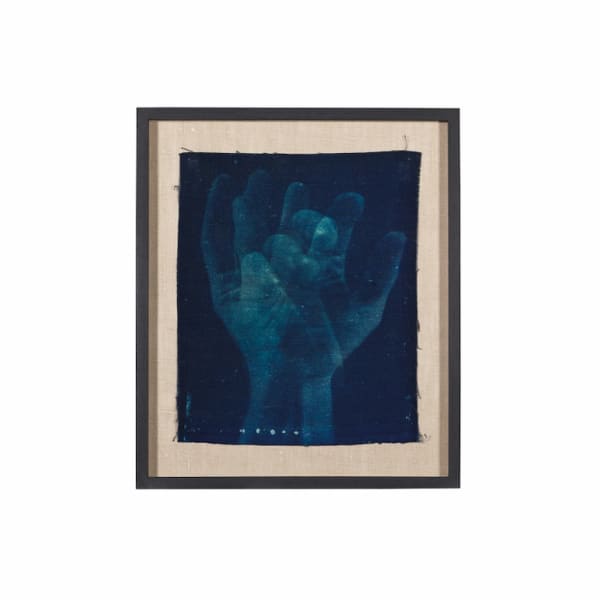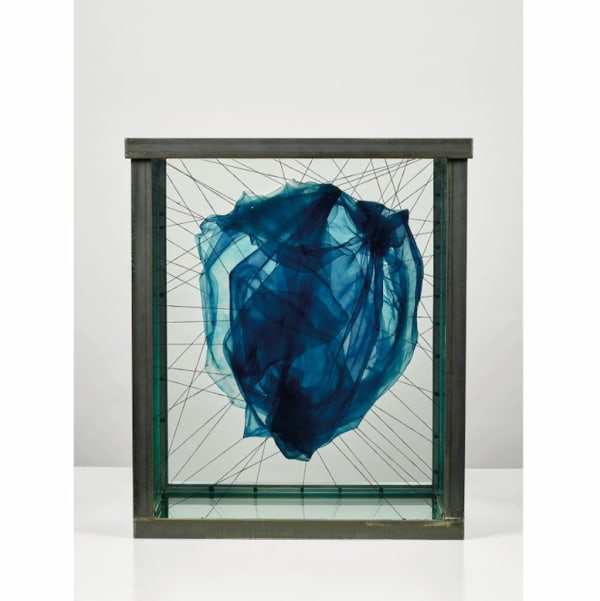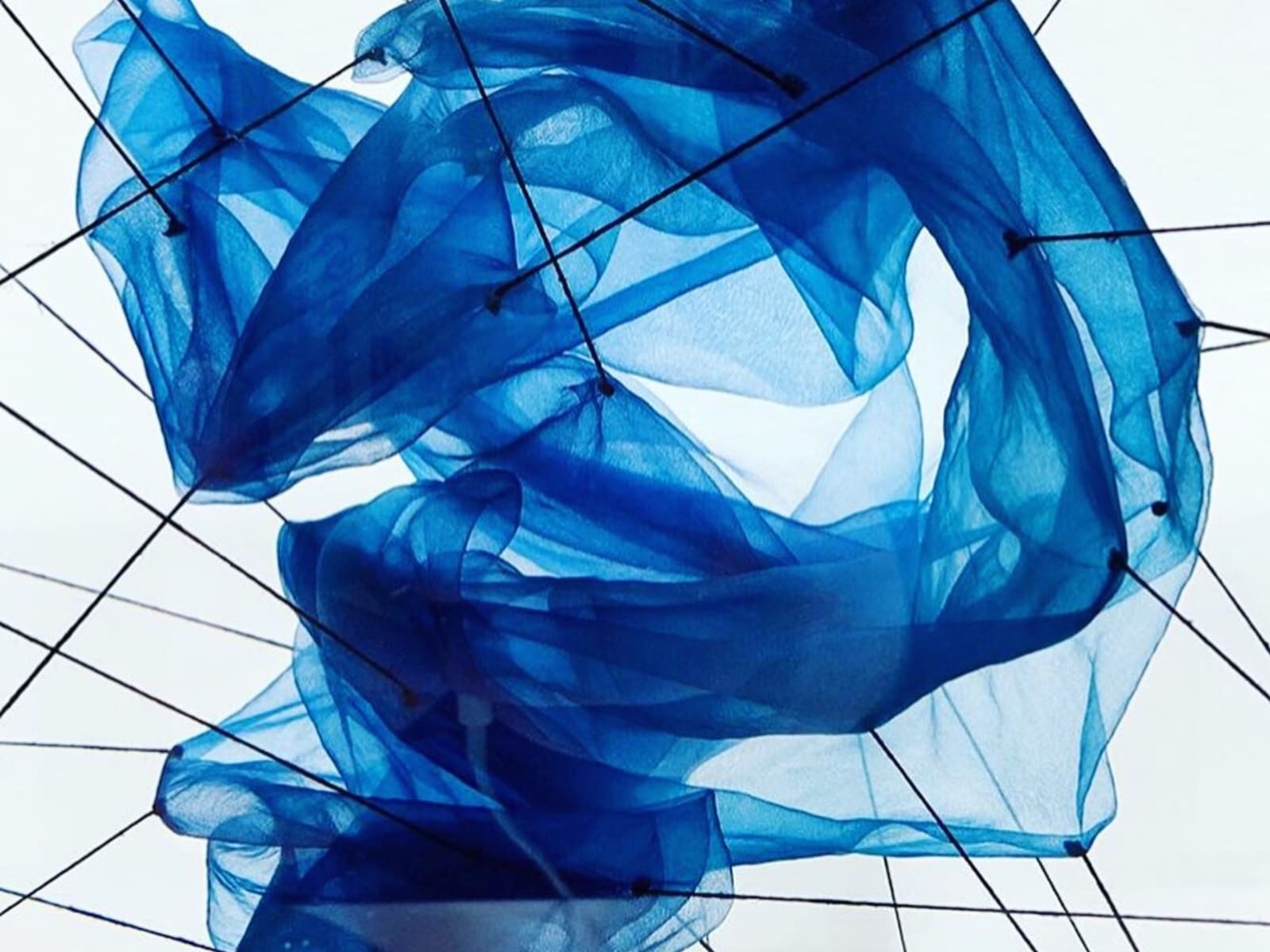-
Error, Object, Structure
Adam Jeppesen -
"WABI-SABI IS A BEAUTY OF THINGS IMPERFECT, IMPERMANENT, AND INCOMPLETE.
IT IS A BEAUTY OF THINGS MODEST AND HUMBLE.
IT IS A BEAUTY OF THINGS UNCONVENTIONAL."
- LEONARD KOREN IN ERROR, OBJECT, STRUCTURE
-
The Flatlands Camp Project
-

-

-
Scatter
-

-
Into the Blue
-

-
Fixing Form
-

-
WABI-SABI IS A BEAUTY AT THE EDGE OF NOTHINGNESS. WABI-SABI EMERGES OUT OF THE INFINITE POTENTIALITY OF NOTHINGNESS. THE DISTINCTIVENESS OF WABI-SABI COMES FROM THAT WHICH IS SO FAINT, TENTATIVE, DELICATE AND SUBTLE THAT IT MAY BE OVERLOOKED, OR MISTAKEN AS TRIVIAL OR INSIGNIFICANT.
-LEONARD KOREN IN ERROR, OBJECT, STRUCTURE
-
Adam Jeppesen
Error, Object, StructureJeppesen's works are the result of a solitary 487-day journey from the North Pole to Antarctica - called The Flatlands Camp Project. The images from this journey are of remote, rugged landscapes which are suffused with a sense of tranquillity, reflection and contemplation. Jeppesen's work is a search for spirituality, which is found in seclusion, but it also addresses the materiality and transience of the photograph as an object. The journey has left visible traces and blemishes on the photographs.
An important aspect of Jeppesen's work is his analogue and labour-intensive approach. His photographs are the product of physical challenge and experimental printing techniques. He abandoned his search for the perfect print in favour of accessible reproductive techniques and focusing on the technology of mass production. Coincidence, damage and imperfection are essential elements in his work. At a time when the image has become infinitely perfectible and reproducible, Jeppesen experiments with the photograph as a unique object that is subject to the forces of change, time and decay.
At first glance Jeppesen's practice appears to be that of travel documentary, yet it challenges the boundaries between documentary and fiction, as well as redefining the traditional applications of analogue photography where he experiments with unconventional techniques in the printing process.
Jeppesen uses several techniques to create photographic pieces that are both sculptural and performative - editioned and unique. In XCopy and Parts the final compositions are created from an assembly of photocopies pinned together. This use of an alternative printing technique challenges photography and the idea of the multiple. Each work is assembled by hand, creating results that are similar but not necessarily the same, playing with the idea of photography-based works being truly unique.
In Folded, images are printed on rice paper before being folded, like a map. They are then flattened out, leaving behind the history and memory of the folds in the printed paper. This mathematical grid now covers the image - transforming it from two dimensions to three - in stark contrast to the rich organic mountain scenes and landscapes giving the feeling of a thought or a reminiscence, rather than an accurate description of place.
With Scatter, Jeppesen looks back over archival images from his journey, searching for imperfections that the negatives acquired during the expedition and celebrates these defects rather than disguising them. These images appear incompatible with the idea of documentary and travel photography or the factual recording of a place. The compositions are not of the topography, but rather the dust, scratches and flaws that the environment and journey physically took on the negatives and equipment. The images themselves no longer bear resemblance to the location, but become abstract, as if from another world.
The Pond (2017-present) is a body of work depicting the artist's own hand, printed in cyanotype on linen. Ethereal in quality, the series is inspired by the decomposition process of the marshy ponds found in Denmark as well as being a comment on identity: self-identity as well as the collective identity of humankind. Here the artist launches a new approach where a more universal concept of the beautiful and the imperfect in human existence takes centre stage. A floating hand, unattached to a body could be anyone's hand, anyone's identity and life, subject to a fate outside our control.
In Tanks (2017 - present), Jeppesen transfers the idea of the pond and what lies beneath into the three-dimensional. Cyanotype-printed fabric is suspended in clear oil inside a glass tank. This delicate material is stretched and anchored by strings to create an abstracted form, a floating three-dimensional object. These works are alluring and melancholy in their solitude, harkening back to Jeppesen's earlier work with landscape photography. This series shows the beginning of Jeppesen's departure from photography, and his move into sculptural works.
Jeppesen was nominated for the prestigious Deutsche Börse Prize and the KLM Paul Huf Award in 2009, the Prix Pictet in 2016 and is considered one of the greatest talents in contemporary Danish photography. He has exhibited at several international institutions including Foam (Amsterdam), C/O Berlin (Germany), Denver Art Museum (USA), Brandts (Denmark) and The National Museum of Photography (Denmark) as well as having work in their permanent collections. Black Box Projects is the exclusive representative of Adam Jeppesen in the United Kingdom.
Adam Jeppesen was born 1978 in Kalundborg, Denmark. The artist lives and works in Buenos Aires, Argentina.
-
View the Error, Object, Structure Exhibition list
-
The Artist's Journey
Adam Jeppesen joins In Conversation with Black Box Projects
Adam Jeppesen: The Virtual Exhibition
Past viewing_room










